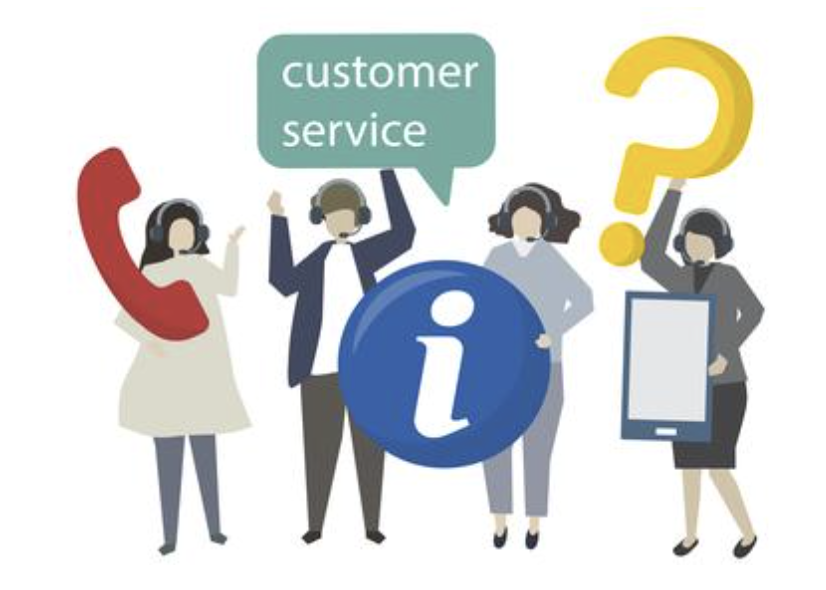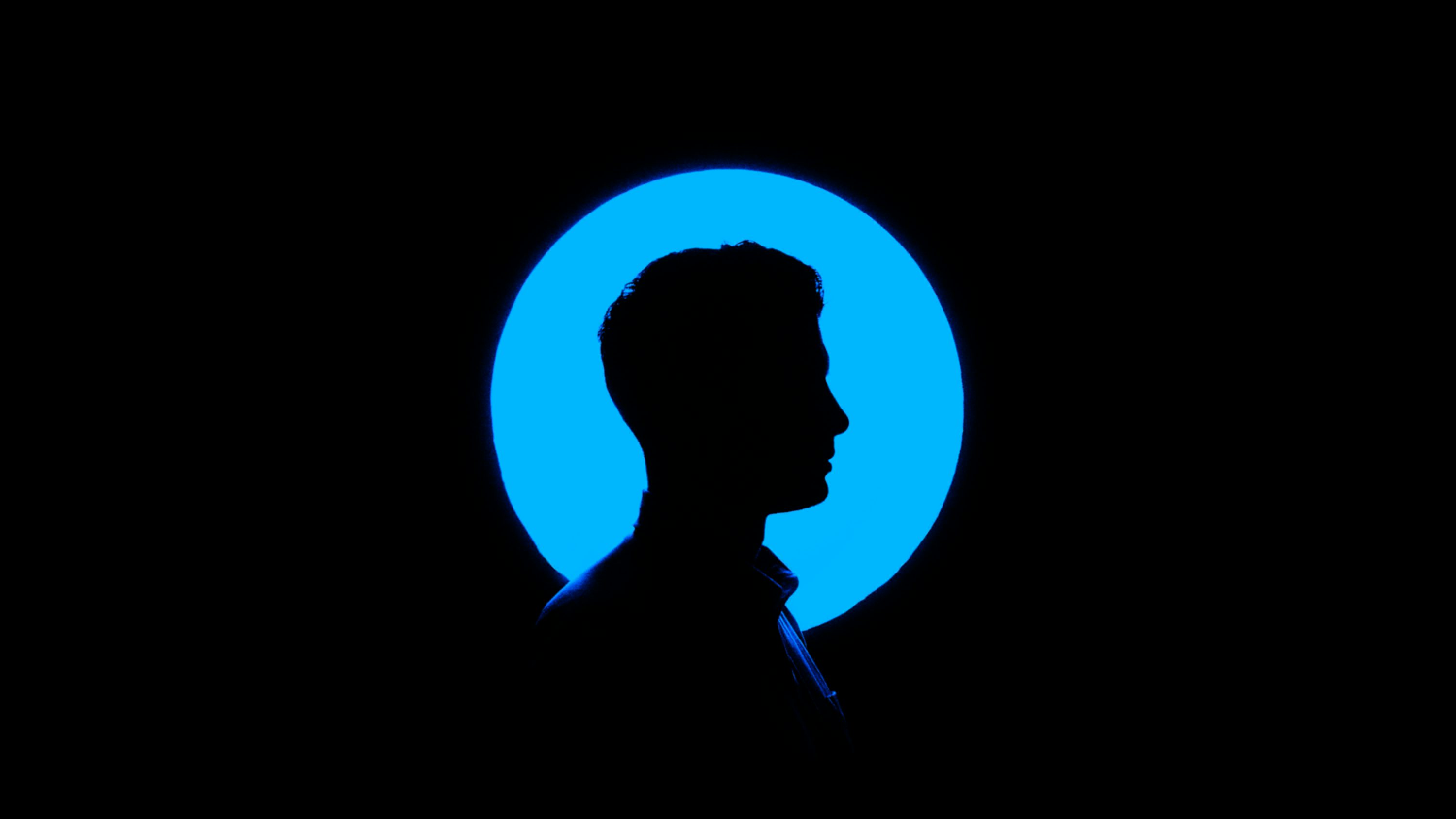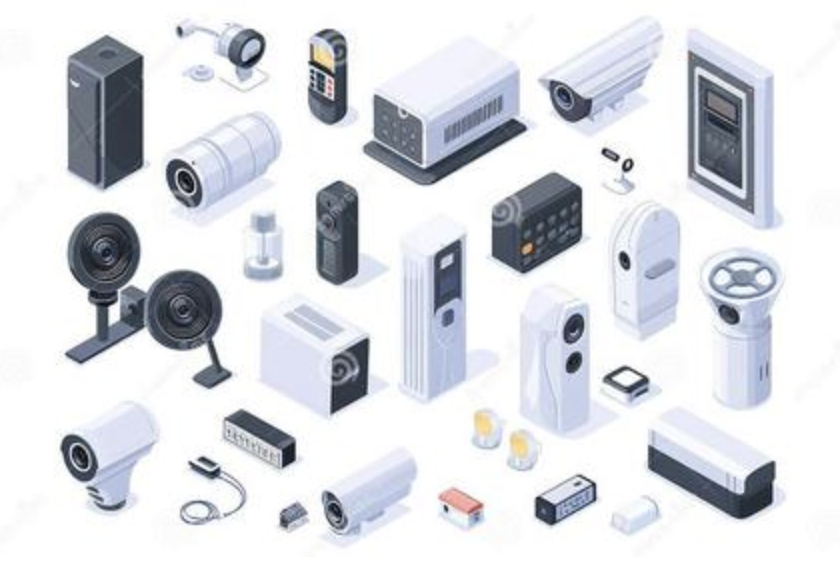In today's society, autism has become a field of great concern. Autistic people are trapped in their own small world, facing many problems such as communication with the outside world and social interaction. With the rapid development of science and technology, a series of cutting-edge scientific and technological achievements are gradually becoming a powerful auxiliary means of autism rehabilitation, bringing new hope to these special children and their families.
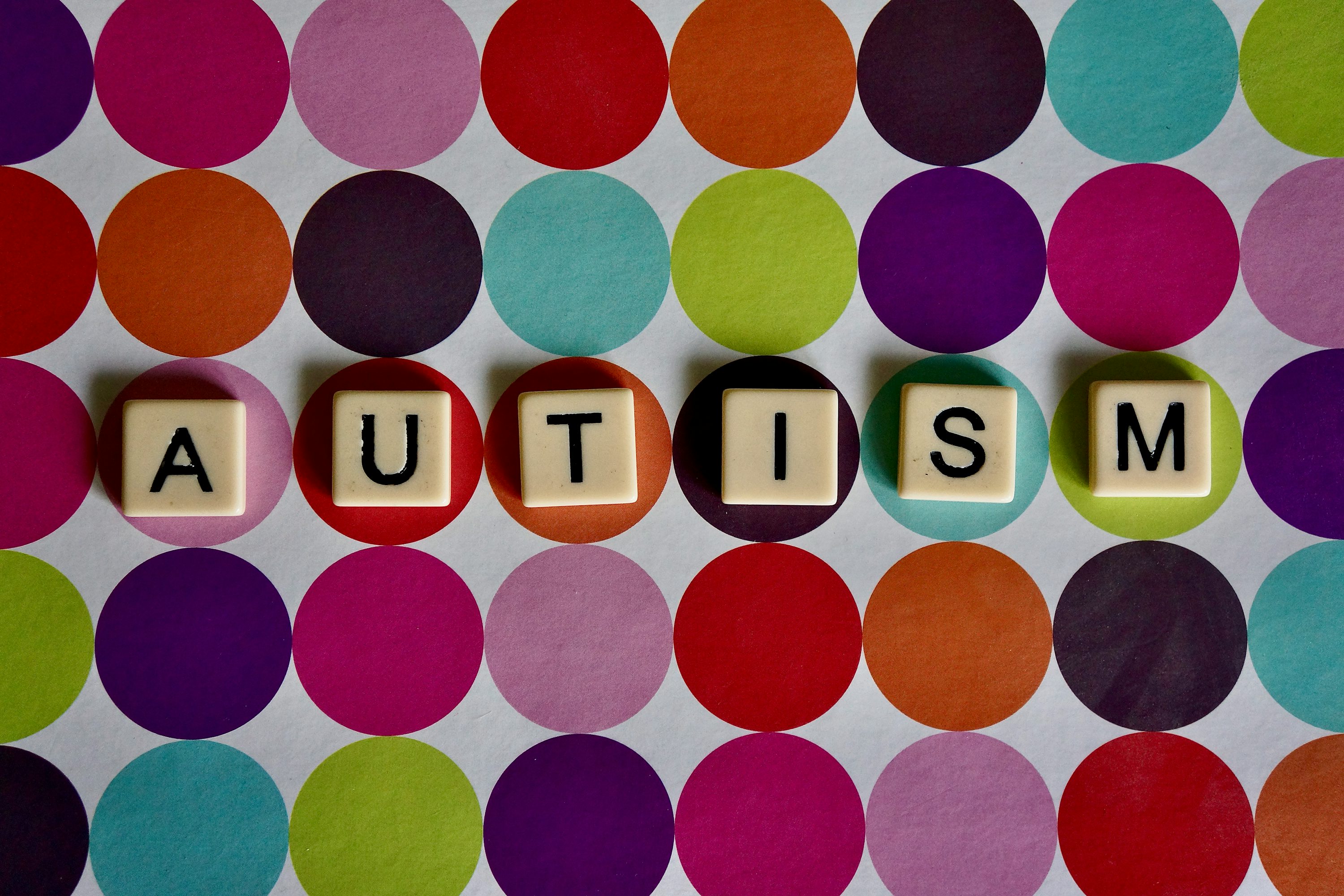
In the journey of autism rehabilitation, personalized intervention is very important. Traditional rehabilitation methods are often difficult to fully meet the unique needs of each child, but the intervention of science and technology has skillfully solved this problem. With the help of advanced artificial intelligence technology, the behavior and reaction data of autistic children can be deeply analyzed, and the exclusive rehabilitation program can be accurately formulated. For example, some intelligent assessment software carefully analyzes children's performance in different situations by tracking their daily behaviors for a long time, and captures children's characteristics in all directions from the frequency of language communication to the reaction mode of social interaction. According to these detailed data, the rehabilitation teacher can tailor the curriculum for each child, start with the topics they are most interested in, guide social interaction in a way that children can accept, and make the rehabilitation training more targeted and effective.
Virtual reality (VR) technology has opened up a new world for autism rehabilitation. It can create a realistic and safe virtual scene for children, in which they can practice various simulated social and life scenes. For autistic children who are afraid to communicate with strangers, VR technology can first build a virtual social environment with only familiar people. In this environment, children can repeatedly practice basic social actions such as greeting and expressing their needs. With the gradual improvement of skills, the stranger elements in the virtual scene can be gradually added to help them gradually adapt to real social situations. Moreover, the VR scene can flexibly adjust the difficulty according to the rehabilitation progress, so that children can grow up in the gradual challenges, which greatly enhances the interest and attraction of rehabilitation training and makes children more willing to actively participate in the rehabilitation process.
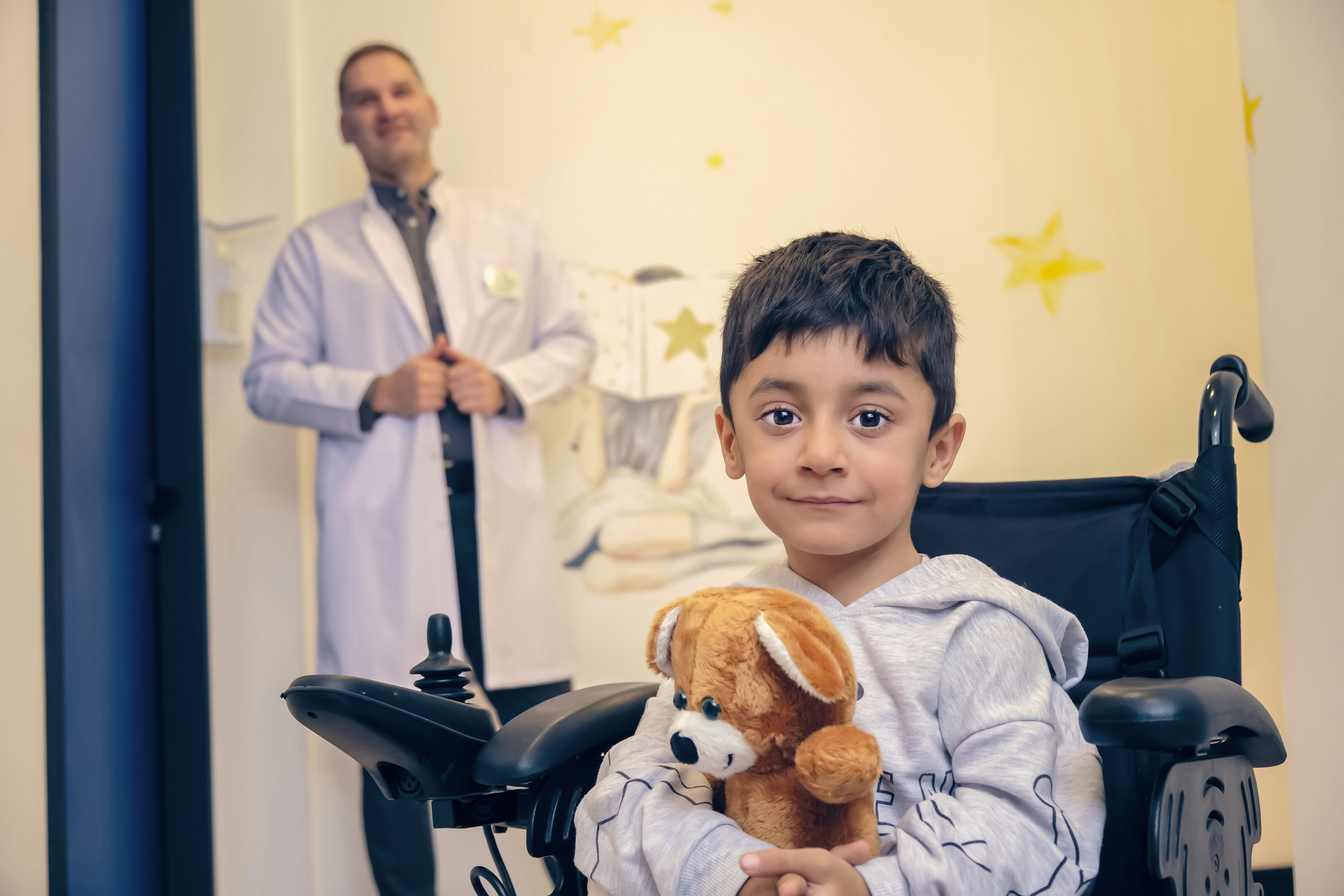
Wearable devices also play an important role in the field of autism rehabilitation. Some smart bracelets or patches can monitor the physiological indexes of autistic children in real time, such as heart rate and sleep quality. Through these data, parents and rehabilitators can keep abreast of their children's physical and emotional state, and when their children are in emotional fluctuation or unwell, they can quickly take corresponding appeasement or intervention measures to protect their daily health. At the same time, wearable devices can also record the child's activity trajectory and exercise amount, assist the rehabilitation teacher to better judge whether the child has got enough physical exercise during the rehabilitation process, and organically combine physical exercise with rehabilitation training to further improve the rehabilitation effect.
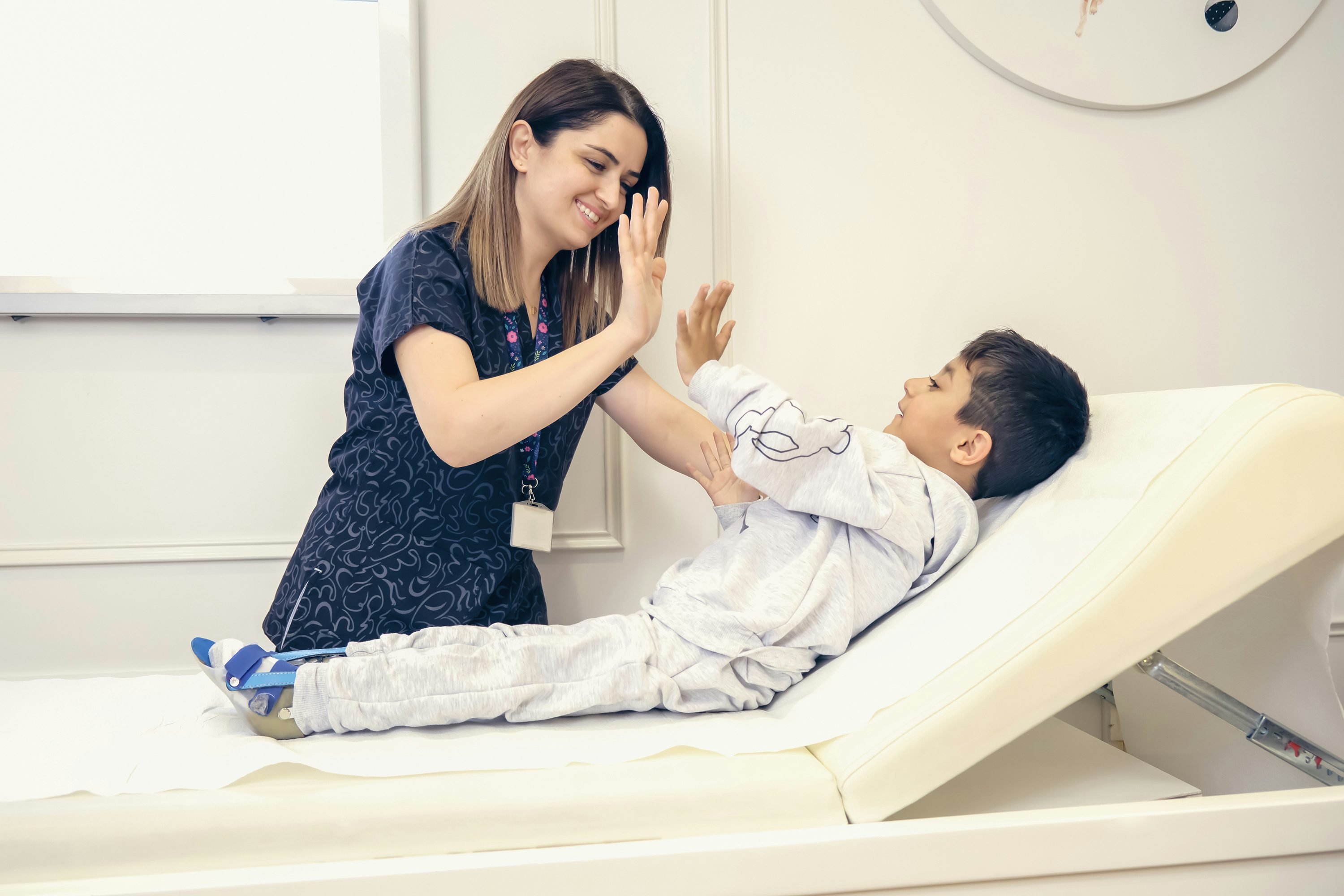
Although science and technology assistance has shown great potential in the field of autism rehabilitation, we should also clearly realize that it is not a panacea and cannot completely replace the traditional artificial rehabilitation training and humanistic care. Only by deeply integrating science and technology with the wisdom of professional rehabilitation teams and the love and patience of parents can we truly pave a broad road to rehabilitation and happiness for autistic patients, so that they can gradually get out of the shadows and embrace a better life in this world full of love and scientific and technological strength.


